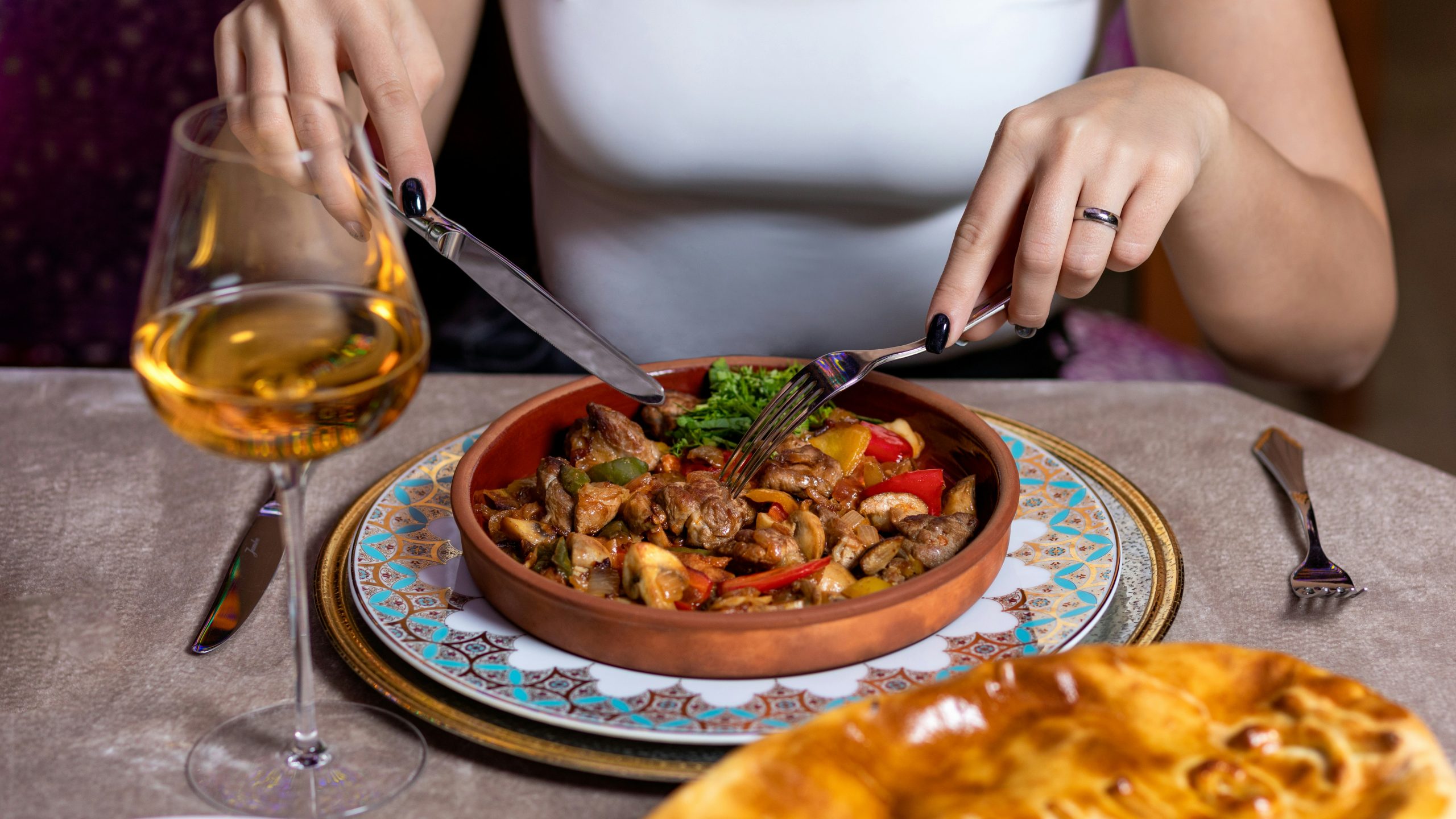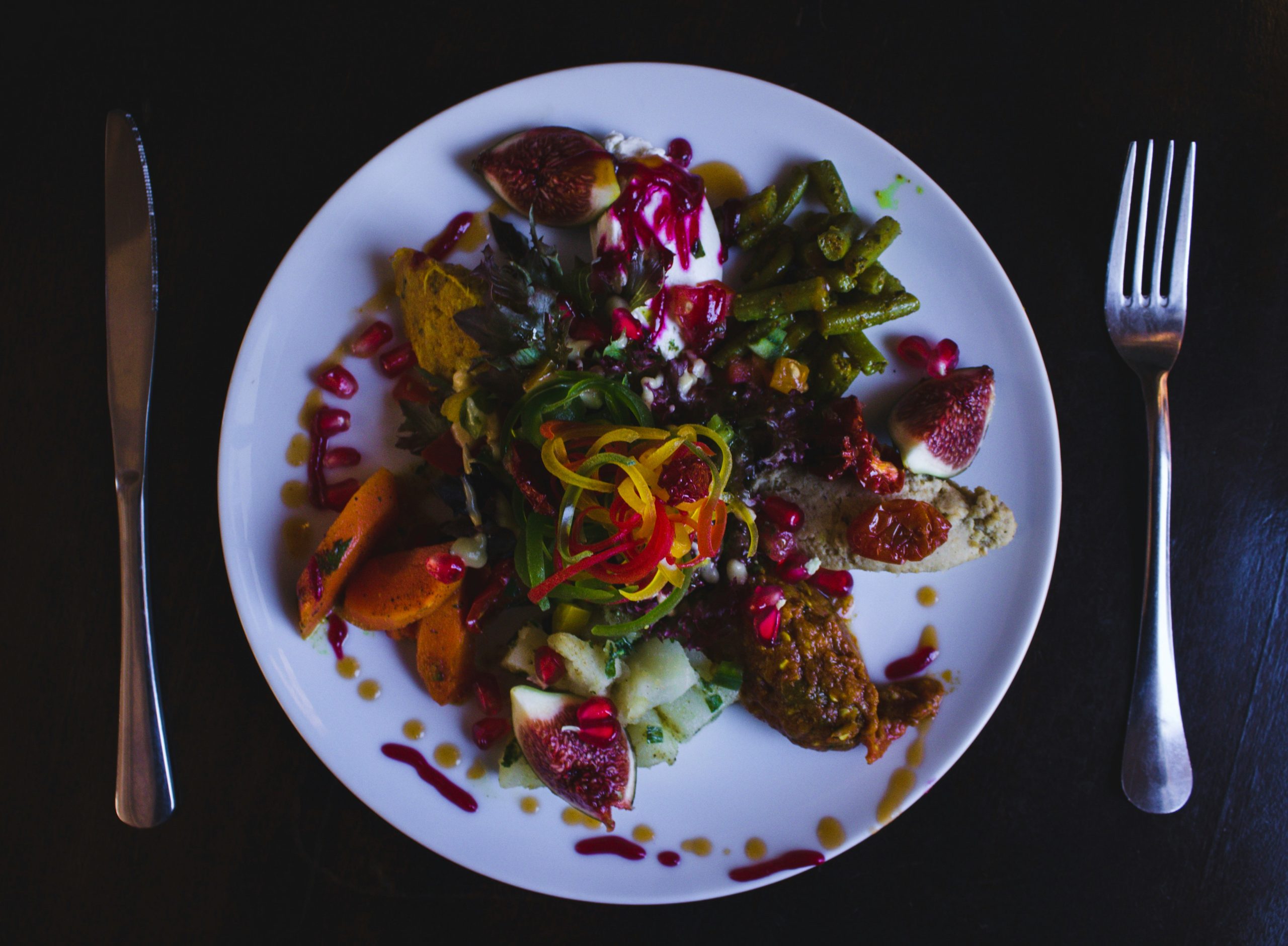Explore the irresistible allure of Middle Eastern cuisine as a key magnet for tourism. From exotic spices to rich flavors, discover how this culinary experience captivates travelers worldwide. Embark on a journey through the vibrant tastes, history, and culture that make Middle Eastern cuisine a must-try for food enthusiasts and cultural explorers alike.
rich diversity of flavors and ingredients

Delving into Middle Eastern Spices and Flavors
Middle Eastern cuisine is a vibrant tapestry of flavors and ingredients that tantalize the taste buds. Spices play a crucial role in Middle Eastern cooking, with blends like za’atar, sumac, and baharat adding depth and complexity to dishes. Ingredients such as lamb, eggplant, pomegranate, and olives are commonly used, creating dishes that are both hearty and flavorful.
Signature Middle Eastern Dishes to Try
Exploring Middle Eastern cuisine wouldn’t be complete without tasting some of its signature dishes. From savory shawarma and falafel to sweet baklava and kanafeh, there’s a dish for every palate. Hummus, tabbouleh, and kebabs are also staples that showcase the diverse flavors of the region.
Regional Variations in Middle Eastern Cuisine
Each region in the Middle East has its own culinary traditions and specialties. Lebanese cuisine is known for its fresh ingredients and grilled meats, while Moroccan cuisine features hearty tagines and couscous. Turkish cuisine offers a fusion of flavors influenced by its Ottoman past, with dishes like börek and kofte standing out.
Exploring Middle Eastern Street Food
For a truly authentic culinary experience, be sure to sample Middle Eastern street food. Shawarma wraps, falafel sandwiches, and kushari bowls are popular street food options that offer a quick and delicious taste of the region. Don’t miss manakish, a Lebanese flatbread topped with za’atar or cheese, when exploring the bustling street food scenes.
Embracing the Culinary Diversity of the Middle East
The rich diversity of flavors and ingredients in Middle Eastern cuisine reflects the region’s history, culture, and traditions. From aromatic spices to fresh herbs, each dish tells a story and invites diners to embark on a culinary journey through the vibrant streets and bustling markets of the Middle East. Whether savoring a traditional mezze platter or indulging in a decadent kunafa dessert, exploring the rich tapestry of Middle Eastern flavors is a feast for the senses.
cultural significance and historical influences

Middle Eastern cuisine is a rich tapestry of flavors, aromas, and traditions that reflect the region’s diverse history and cultural heritage. From the savory kebabs of Turkey to the fragrant tagines of Morocco, Middle Eastern cuisine has captivated taste buds around the world with its unique blend of ingredients and cooking techniques.
The Culinary Crescent: Middle Eastern cuisine history
Middle Eastern cuisine has been shaped by a confluence of influences from ancient civilizations such as the Egyptians, Babylonians, and Persians. Spices like cumin, coriander, and turmeric have been used for centuries, adding depth and complexity to dishes. The use of olive oil, lemons, and garlic as essential ingredients further highlights the Mediterranean influence on the region’s culinary traditions.
Historical Figures From the Middle East That Have Had an Impact On the World
The culinary landscape of the Middle East has also been influenced by historical figures such as Sultan Suleiman the Magnificent and Cleopatra, who were known for their extravagant feasts and opulent banquets. These figures not only shaped the way food was prepared and consumed but also influenced the social rituals and customs surrounding meals in the region.
How Berlin’s Arab Street Became A Foodie Paradise
In recent years, Middle Eastern cuisine has undergone a renaissance in cities like Berlin, where falafel, shawarma, and hummus are now staples of the local food scene. The blending of traditional recipes with modern culinary techniques has created a fusion of flavors that appeals to a global audience.
From the bustling markets of Cairo to the quaint cafes of Beirut, Middle Eastern cuisine continues to evolve while staying true to its roots. Its cultural significance and historical influences make it not just a meal but a gateway to the region’s rich history and vibrant heritage.
culinary traditions and techniques

cultural fusion in cuisine: exploring global food trends
Middle Eastern cuisine is a magnificent blend of flavors, spices, and cooking techniques that have been influenced by centuries of cultural exchange and trade. From aromatic spices to mouth-watering dishes, Middle Eastern cuisine is a true reflection of the rich history and diversity of the region.
a d.c. dining guide to the food and drink scene
Exploring Middle Eastern cuisine reveals a fascinating combination of culinary traditions and techniques. One of the key aspects that sets Middle Eastern cuisine apart is the emphasis on hands-on eating. Many dishes are enjoyed using utensils like pita bread or vine leaves, allowing for a truly immersive dining experience.
the absolute best mediterranean restaurants in the us
At the heart of Middle Eastern cuisine is the use of fresh, locally sourced ingredients. The development of agriculture in the region has played a significant role in shaping the culinary landscape. Staples such as olives, dates, and figs are commonly used in both sweet and savory dishes, adding a unique depth of flavor.
women shaped cuisine, culture of ancient cahokia – the source
In exploring Middle Eastern cuisine, it becomes evident that women have played a pivotal role in preserving and passing down traditional recipes and cooking techniques through generations. From the intricate preparation of kibbeh to the art of making baklava, the contributions of women in the kitchen are truly invaluable.
exploring jordan from a local woman’s perspective
When delving into Middle Eastern cuisine, it’s essential to appreciate the regional variations that exist. Each country offers its unique dishes and flavors, such as the robust mezze spreads of Lebanon or the aromatic spice blends of Morocco. Exploring Jordan allows for a deeper understanding of the diverse culinary traditions present in the Middle East.
101 best things to do in tokyo
The influence of Middle Eastern cuisine extends far beyond its borders, with traces of its flavors and techniques found in various global food trends. From the popularity of falafel in street food markets to the use of sumac in gourmet dishes, Middle Eastern culinary traditions continue to captivate and inspire food enthusiasts worldwide.
the ultimate guide to the best portland restaurants in 2024
For those seeking to embark on a culinary journey through the Middle East, exploring the spices, ingredients, and cooking methods that define the region’s cuisine is essential. Whether savoring a decadent tagine in Morocco or indulging in a fragrant Persian stew in Iran, the flavors of Middle Eastern cuisine are sure to leave a lasting impression.



